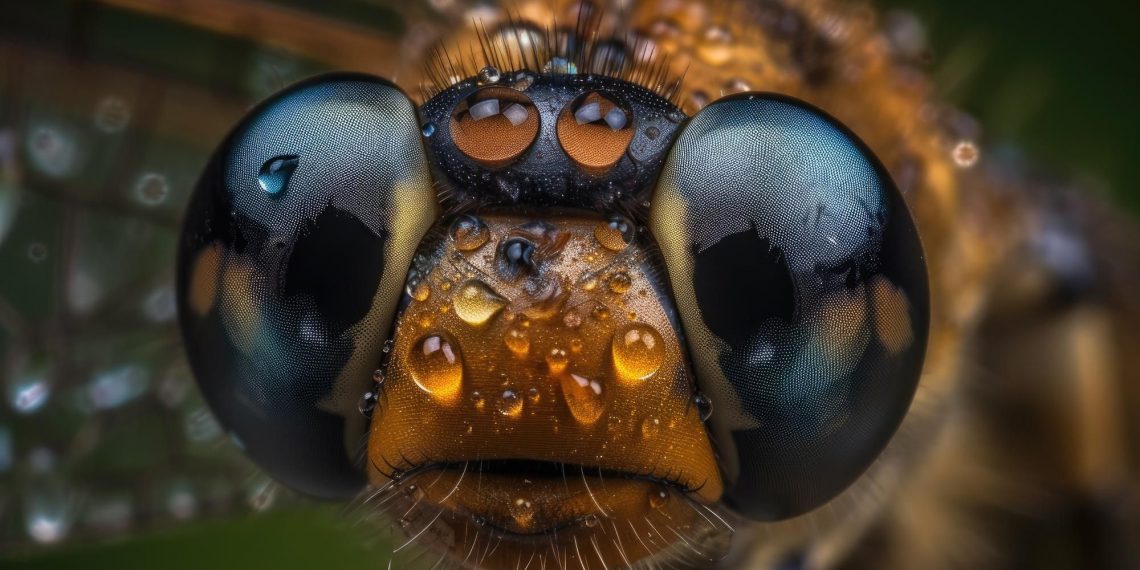Wildlife photography is exhilarating and requires equal parts patience, skill, and passion. It’s not just about snapping pictures of animals but about capturing their essence, beauty, and unique personalities.
Whether you’re a pro photographer or just starting out, there are always new techniques to learn and creative ways to approach your subjects, and we’ll explore five tips for getting the perfect shot.
Tip 1: Know Your Equipment
As a wildlife photographer, you must understand your equipment as they dictate the quality of your images. When choosing a camera, for example, consider your subjects, skill level, and budget. A basic DSLR or mirrorless camera is suitable for beginners because it balances image quality and affordability. High-end DSLRs are great for more experienced photographers as they offer advanced features and greater control over settings.
Lenses are also critical as they determine the focal point of your images. Longer lenses are fit for wildlife photography, allowing you to zoom in on distant subjects and capture fine details. A good telephoto lens will let you capture high-quality wildlife images without getting too close and disturbing their natural behaviour.
Finally, regularly maintain your camera equipment by cleaning your lenses and checking for damage to ensure your gear is always in top condition.
Tip 2: Study Your Subject
Wildlife photography isn’t just about aiming your camera at an animal and snapping photos. You must deeply understand your subject’s behaviour, habitat, and movements to capture more natural and engaging images/. By observing how animals move, interact with their environment, and behave around one another, you can anticipate when the perfect shot will present itself. For example, if you’re photographing elephants, understanding their social dynamic may help you capture interactions between family members that convey emotion and personality.
You should also learn about an animal’s natural habitat and typical behaviours to know where to find them, increasing your chances of capturing truly unique and stunning images. For instance, you must research their migration patterns and feeding habits to capture bold eagles.
Tip 3: Get the Lighting Right
Proper lighting can make a big difference between a mediocre shot and a stunning, dynamic image that captures every essence of an animal. The quality and direction of natural light can impact the mood and tone of your images. For instance, warm, golden light at sunrise or sunset creates a soft, dreamy effect, while harsh midday light creates a sense of drama and intensity.
Sometimes, you can use artificial light, like a flash to fill in shadows or a spotlight, to create dramatic lighting effects. However, only use it sparingly and cautiously, as it can easily overwhelm or disturb your subject.
Tip 4: Be Patient and Persistent
Patience isn’t just a virtue, it’s a necessity in all kinds of photography. Being patient means waiting for hours or even days to capture the perfect image because animals move and behave on their own schedule. You should set up your equipment, find the proper position well in advance, and then wait for your subject to appear.
You should also be persistent with your shots and keep trying even if your first attempts aren’t successful. Practice your skills, experiment with different techniques, and learn from your mistakes to get unique images. The more time you spend in the field, observing and photographing animals, the better you will anticipate their movements and capture the perfect shot.
Tip 5: Compose Your Shot
Composing your wildlife shot involves creating a balanced, engaging image showcasing your subject’s beauty and personality. Pay attention to the foreground, background, and overall scene, and aim to create a sense of depth and balance. For example, if you’re photographing a bird perched on a branch, position it so that the branch creates a diagonal line that leads the viewer’s eye towards the subject.
You should also aim to capture wildlife in their natural habitat, showcasing their unique behaviours and movements. For example, if you’re photographing a lion, position yourself to capture them in action, whether stalking its prey or roaring to establish dominance.
Capture Nature’s Finest
Wildlife photography is about telling the animals’ stories, shedding light on their struggles and triumphs, and inspiring people to appreciate and protect our planet’s incredible biodiversity. So grab your camera, venture into the wild, and let your passion for photography and love for nature guide you towards capturing that perfect shot.




